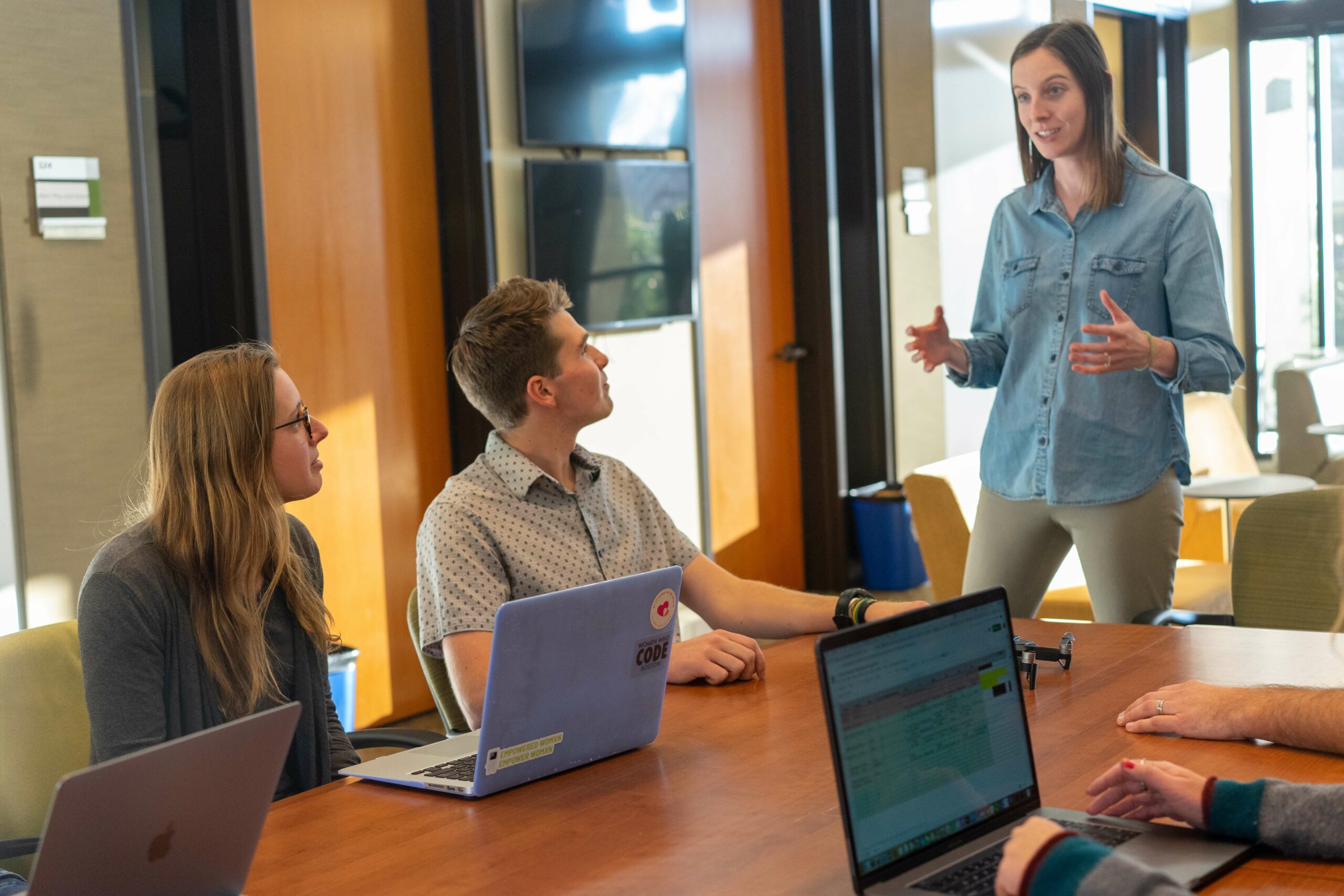Access to education, especially higher education, is becoming increasingly difficult. The demand for quality and flexible education is what many people of different ages are looking for. Institutions must therefore be prepared for this. In this article, we will go into more detail about what open learning culture is and its benefits. Read on!

What is the open learning culture?
The open learning culture is a movement that has been taking place in recent years thanks, in part, to technology.
Culture means the setting up of values and beliefs that shape, orientate, guide and motivate the behaviour of people.
So, this process is centred on access to educational opportunities and a philosophy of education that makes learning more student-centred.
This makes for a more equitable education culture in which everyone has access to education.
Another important characteristic of the open learning culture is its flexibility. This can be through:
- Course/subject entry and exit times.
- Learning model
- Attendance model
- Resources made available for learning
- Learning pace
- Assessment methods
There is evidence that this model of education could contribute to a renewal of the traditional education system and could even affect other, non-education related areas. – UNESCO
The benefits of an open learning culture
The principal benefit of an Open learning culture is democratizing education, by making it more affordable, accessible, and attainable to students, no matter their location or income level.
This model removes the barriers to entry that translational education normally faces, such as registration fees, entrance exams, geographical location impediments, and other restrictive criteria.
The philosophy of the open learning culture is also aligned with the idea that studying is a fundamental right for all people, regardless of age, gender, income level, level of experience, geographical location, or any other factor.
In an open education system, every professional can pursue lifelong learning.
This is especially important in order to reduce significant skill gaps in the market, especially the technical skills that are most in-demand among professionals, or other soft skills.
In this article, you can read more in-depth about this topic.
How to create a learning culture
Contributing to the culture of open learning on a personal and professional level is something that will bring you many benefits whether in your work environment or on a personal level.
Developing a culture that supports learning is a great investment for your company as it helps to capitalise on the potential of your employees and grow your business.
Here are some examples of how to develop this culture in a business environment:
- Make learning a core value of the company: The company’s core values will guide the overall actions of its employees. Therefore, the company must commit itself to this goal.
- Training and learning: It is essential that companies provide workers with opportunities to improve their skills through training and development. This will, in the long term, enhance the capabilities of their employees and, consequently, strengthen their business for the future. In this article we delve a little deeper into this topic.
- Leaders as a reference point: Leaders in an organisation have an influential position in the company. Therefore, they must have the ability to learn and teach inside and outside the company.
- Have the right learning environment: Having an ideal platform that can transmit knowledge is essential. The learning environment should be user-friendly and easy to use. An example of this is the Graspway e-learning platform, which offers unique learning and training experiences.

On the other hand, to contribute to the culture of open learning in a more personal way, ee recommend you share with your acquaintances in a more informal setting and inspire them to do the same.
If you know a topic very well, you can share your knowledge in seminars or conferences, or even group chats or threads in social media.
Examples of open learning culture
There are many learning modalities and resources that can be used for open learning.
Open courses are what most people typically think about when they hear “open learning”—particularly massive open online courses (MOOCs).
High-profile educational institutions and large companies use MOOCs to impart knowledge.
However, there are also others for creating a learning culture: academic papers and scientific research studies published in accordance with open access, and other platforms that serve to provide quality information and good practice on a massive, open freeway via the web.
Here are some examples of platforms and resources for creating an open learning culture:
E-learning platforms
An e-learning platform is a web application that integrates a set of tools for online teaching and learning.
The aim of these platforms is to create learning spaces where participants can interact in unique ways.
Graspway is an example of this. It is a platform that allows the transmission of knowledge in different ways, like through the creation of learning paths.
Audiovisual media
Today various platforms are a focus of information on which thousands of users watch or listen to every day for free.
Youtube is an example of this transformation, as millions of users browse its website every day, in many cases looking for information on different topics.
Another example of this is TedEd, where you can find videos of experts talking about different topics.
In the case of audio nowadays there are several platforms that allow you to listen to podcasts on various subjects.
This is an example of this: Educator Tyler DeWitt explains how innovations in digital content and virtual reality are ushering in the future of learning:
Articles
On the other hand, there are websites that collaborate with the open learning culture such as Scopus, Google Scholar and Researchgate.
Moreover, these are open access spaces where people can find scholarly literature in a variety of disciplines and publication formats.
Why contributing is important
The open learning culture encourages learning.
By conceiving education as a fundamental right, many people can have access to knowledge and education.
This is crucial as many people will have more knowledge and complement the knowledge they already have which will allow them to grow as individuals.
This ultimately boosts economic growth by increasing their productivity.
Additionally, the culture of open learning allows information to become increasingly universal and accessible to all, which will drive research in all areas of knowledge, allowing for greater innovation through the creation of new knowledge, new technologies, processes and products.
In conclusion, the role of open learning culture in transmitting knowledge is crucial at a time when accessibility to knowledge is becoming more and more important and this has brought new challenges and opportunities.
Platforms such as Graspway, aim to contribute to creating an open learning culture by delivering knowledge. We highly recommend you visit the website to learn more about it!






